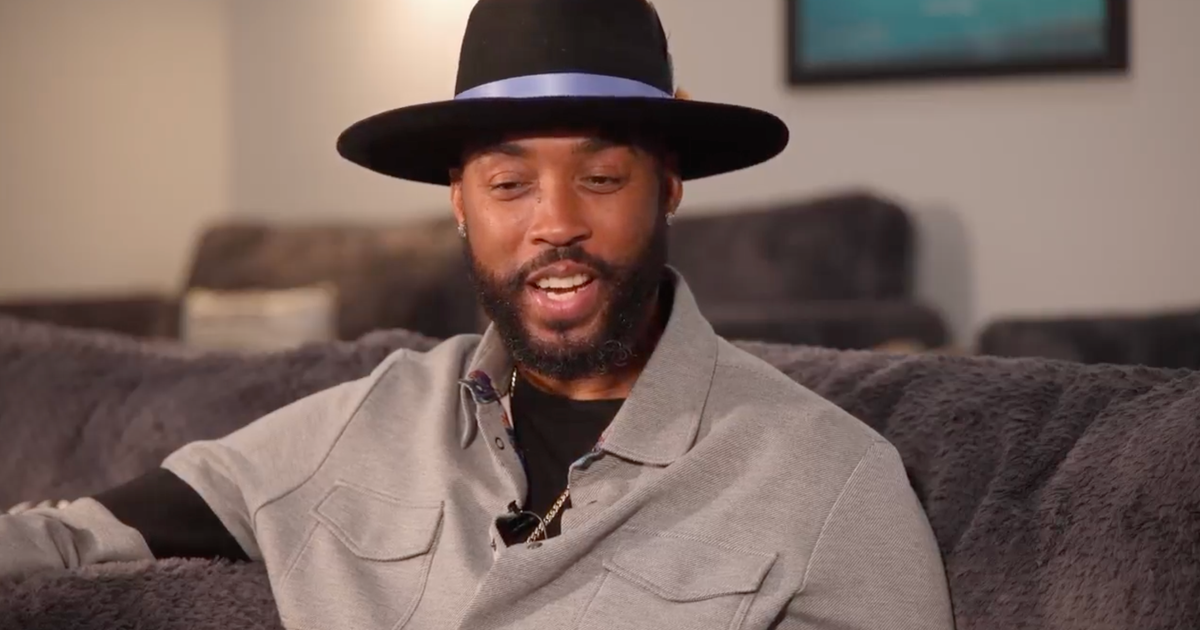Is Mark Wahlberg's extreme exercise routine a good idea?
Mark Wahlberg is known around the world for his action movies, taking some serious muscle to pull off his stunts. But how does the 47-year-old maintain his physique and endurance? It turns out he follows a pretty extreme workout routine.
Wahlberg recently shared on Instagram that his regimen includes a 2:30 a.m. wake-up call followed by prayer time, breakfast and a workout from 3:40 to 5:15 am. After that comes a post-workout meal, a shower, and golf — all before many of us have had our morning coffee. He says he spends time in a cryo chamber to help his body recover — referring to a stint in the extreme cold of a cryotherapy tank. Then in the late afternoon, he works up a sweat again with another hour of exercise. After dinner and some family time, he's in bed by 7:30 p.m.
So is this routine healthy? For Wahlberg, the answer appears to be yes, says Dr. Janette Nesheiwat, a doctor of family and emergency medicine.
"Generally speaking, we are creatures of habit, so it's great and it's healthy that he's established a routine because our bodies love recognition of the normal," she told CBS News. "That keeps our bodies healthy and happy."
However, she notes that what's normal for Wahlberg is well out of the norm for most people.
"What he does takes a lot of discipline, a lot of commitment and we don't always have to go that far but it's working great for him,"Nesheiwat said.
The American Heart Association recommends adults get at least 150 minutes per week of moderate exercise or 75 minutes per week of vigorous exercise, or a combination of the two.
For most people, there is no need to work out as much as Wahlberg does, Nesheiwat says, but it can be an appropriate amount for a body-builder or action movie star.
At 47, the potential for injury is certainly something Wahlberg should be conscious of, but there are plenty of steps that can be taken for prevention.
"Injury is possible for anyone of any age. That's why it's important make sure you're getting enough rest, staying hydrated, warming up before you engage in any type of strenuous activity," Nesheiwat said. "Also making sure you stretch out your muscles after strenuous activity."
Wahlberg also does cryotherapy, sometimes called cold therapy, involving a few minutes in a freezing-cold tank. Nesheiwat says there's not much scientific research on cryotherapy but she does think it may be helpful.
"There's no long-term data to show that it's effective, but think about it. Say you sprain your elbow or knee. What's the first thing you do? You ice it," she said. "So basically, what cryotherapy does is it puts you under cold, cold, cold temperatures. So the purpose is to help relieve inflammation, aches and pains. It does allow some relief of your symptoms but it's just temporary."
And while Wahlberg's 2:30 a.m. wake up call might seem extreme to many, Nesheiwat said it may be healthy for some.
"Believe it or not, even though 2:30 in the morning is early, he does go to bed around 7:30 so he is getting seven to eight hours of sleep and enough sleep is essential for healing," she said. "Our bodies heal and the cells regenerate while we are sleeping, so as well as he's getting enough rest, hydration and a good, well-balanced diet, it is OK for him because our bodies can adapt."
However, she says she would not recommend that type of schedule for most people, suggesting a wake-up time of around 6:30 a.m.
Finally, what about Wahlberg's eating habits? He lists three snacks a day in addition to breakfast, a post-workout meal, lunch and dinner. Nesheiwat says snacking in between meals can be healthy, if it's done smartly.
"Many nutritionists actually recommend breakfast, lunch, and dinner with a small, healthy snack in between. And even though he's eating many times a day, it's not a huge caloric intake," she said. "He's eating a very healthy clean – proteins, vegetables, healthy carbs so he's trying to keep the car and energy tank fueled with healthy foods and nutrition."





